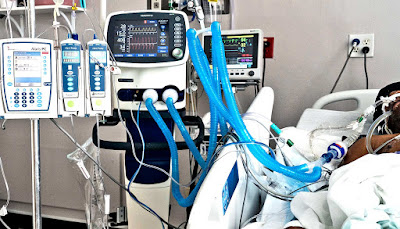‘NANOSPONGES’ DRAW CORONAVIRUS AWAY FROM LUNG CELLS
"Nanosponges" show up to quit the coronavirus infection in its tracks by drawing away its attention far from living lung cells, scientists record.
The technology could have significant ramifications for combating the SARS-CoV-2 infection in charge of the global pandemic that is currently declared nearly 450,000 lives and contaminated greater than 8 million individuals. But, perhaps much more significantly, it has the potential to be adjusted to combat practically any infection, such as influenza or also Ebola.
"CONCEPTUALLY, IT'S SUCH A SIMPLE IDEA. IT MOPS UP THE VIRUS LIKE A SPONGE."
Some Important Things When Gambling Toggles
"I was hesitant at the beginning because it appeared too great to hold true," says co-first writer Anna Honko, a microbiologist at Boston University's Nationwide Arising Contagious Illness Labs (NEIDL). "But when I saw the first set of outcomes in the laboratory, I was simply astonished."
The technology is composed of very small, nanosized drops of polymers — essentially, soft biofriendly plastics — covered in pieces of living lung cell and immune cell membrane layers.
"It appearances such as a nanoparticle covered in items of cell membrane layer," Honko says. "The small polymer [droplet] imitates a cell having actually a membrane layer about it." He SARS-CoV-2 infection looks for out unique signatures of lung cell membrane layers and locks into them. When that happens inside the body, the coronavirus infection takes hold, with the SARS-CoV-2 infections hijacking lung cells to duplicate their own hereditary material. But in new experiments, scientists observed that polymer beads packed with items of lung cell membrane layer did a better job of drawing in the SARS-CoV-2 infection compared to living lung cells.
By fusing with the SARS-CoV-2 infection better compared to living cells can, the nanotechnology seems an efficient countermeasure to coronavirus infection, preventing SARS-CoV-2 from assaulting cells. "Our guess is that it acts such as a decoy, it takes on cells for the infection, "says co-corresponding writer Anthony Griffiths, also a NEIDL microbiologist. "They are little little bits of plastic, simply containing the external items of cells with none of the interior mobile equipment included inside living cells. Conceptually, it is such a simple idea. It mops up the infection such as a sponge."



